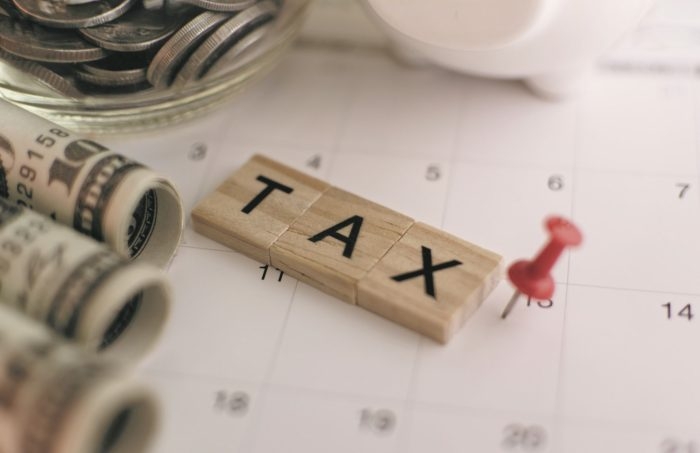Time for a review of Indiana’s tax system, spending

The legislature is poised to commence a two-year study of our tax system. There are many fine reasons to launch this process. While Indiana’s tax system is generally sound, there are numerous small matters that require improvement.
Overall, tax revenue growth doesn’t keep pace with the growth of the economy or the demands of public services. Our income tax is remarkably complex and our sales tax base is narrow and shrinking.
We simply do not tax the fastest growing areas of household consumption. Our property tax system is unnecessarily difficult to decipher and our corporate tax base shrinks as firms change their business structure. There are other problems as well.
We are not alone in any of these problems, and I can point to 30 or more states with similar or worse systems. Still, it is wise to address these glitches, and fixing them entails a broad effort. The coming retirement of public pension debt offers Indiana a chance for bold, comprehensive examination of our taxes. Now is an opportune moment to begin a deliberate and thoughtful assessment of taxation in Indiana.
Any study of taxation will require extensive discussion of the major issues surround taxation. That includes how much we tax each of the major sources: property, income and consumption. We’ll have to spend ample time understanding how those taxes affect each part of our economy, and how we use these tax systems in a complementary way.
For example, we use exemptions on each tax to insulate the poor from many taxes. Changing one aspect of the tax system affects that balance. We also use the tax system to encourage favored activities, from business relocation to saving for college. We also use our tax system to disincentive activities like smoking and gambling. Any change to one part of the tax system effects nearly every business and household. So we’ll have to understand what those changes might bring.
Any such study must face questions about the level and quality of public services the state now provides. This is always and everywhere a difficult discussion, which means it must be focused on data and analytics, not emotion and guesswork. There will also be opportunity to review what we do, and do not know about the effect of taxes and spending on business and household location decisions. This will astonish many Hoosiers.
One motivation for the study is for the elimination of the state income tax. It is too early to comment on the efficacy of that idea. But, a little tax math does offer insight into just how ambitious Indiana can be with state taxes.
Indiana’s personal income taxes collected about $7.5 billion in 2021, according to the National Association of State Budget Officers. That’s just under 2% of state personal income. This is lower than the statutory rate of nearly 3.1%, because of many exemptions to income. Likewise, the state’s sales tax collects roughly $9.1 billion, or 3.1% of personal consumption expenditures. This is lower than the statutory rate of 7%, since the state exempts most transactions from sales tax.
All told, about one third of personal income and more than 55% of household consumption spending are exempted from taxes. This provides insight into ways to make significant changes in taxes. By eliminating the broad food and services exemptions to sales tax, we could more than double the revenue. This would permit us to eliminate state income taxes, and even grow state tax revenue by nearly $3.8 billion annually.
Of course, this presents other problems especially that of making Indiana’s tax very regressive. But, the reverse also works. We could eliminate the sales tax entirely, by eliminating all income tax exemptions and create a flat income tax of roughly 4.3%. This too creates other challenges, most particularly creating a tax that is very volatile over the business cycle.
Changes to Indiana taxes must also consider local taxation. Every county currently collects local income taxes, ranging from a low of 0.6% to 3.15%. With property tax caps ensconced in the state constitution, eliminating local income taxes will require large and administratively challenging local option sales taxes. But, it is not impossible.
A comprehensive review of taxes is welcomed. Of course, this will be a boon to lobbyists, since every discrete change will have financial winners and losers. Still, Hoosiers should welcome a lengthy, frank and thoughtful analysis of government spending, how we gather tax revenue, and how both affect our economy.








